Marine Science
Rolling “balls” provide substrate for marine life
A detailed oceanographic survey reveals spherical nodule structures supporting life on the floor of the Red Sea.
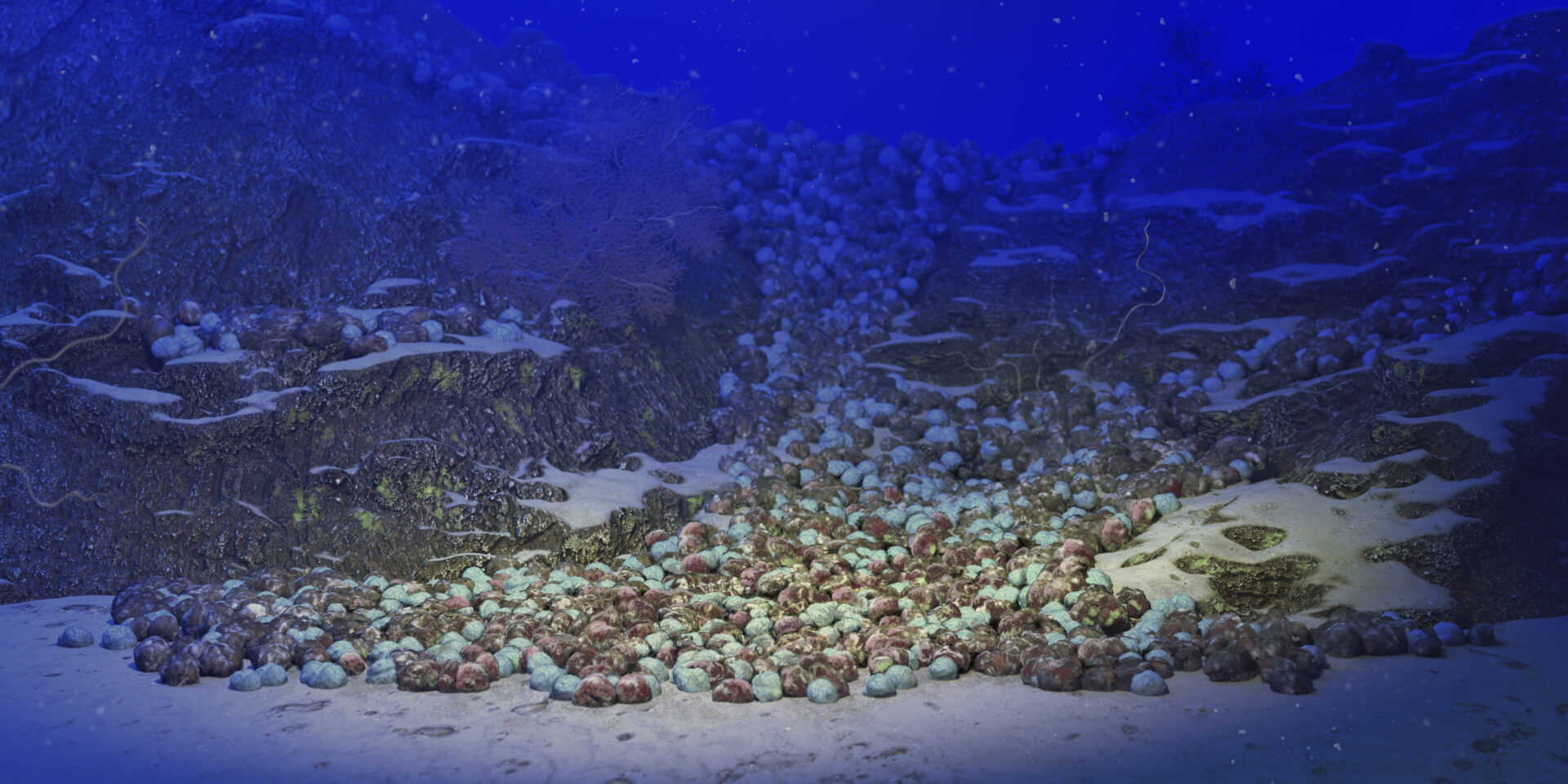
Unusual round nodules about the size of pétanque balls were spotted on the sea floor during oceanographic expeditions that took place in the northern Red Sea, ahead of construction along the coastline at NEOM.[1]
During the underwater surveys in 2020 and again in 2022, an international collaboration including scientists from OceanX, NEOM and KAUST discovered the “balls” on the sea floor that were supporting a range of sea life, including sponges and corals. The research voyage was on board the expedition megayacht OceanXplorer 1.
“These nodules were an unexpected sight, particularly as we were exploring the deeper parts of the continental margin,” says marine biologist Fabio Marchese, who was involved in the study under the supervision of KAUST’s Francesca Benzoni. “They have previously only been spotted at a depth of 60 meters; these were around 130 meters deep. On OceanXplorer 1, we were lucky to have high-spec submersibles and remotely operated vehicles, meaning we could easily collect samples to analyze.”
While corals are well-known reef builders, there are other organisms that create 3D structures on the sea floor. The team found that the nodules had been built by two organisms working together: a type of crusting coralline algae that calcifies and foraminifera, single-celled animals that grow a skeleton of calcium carbonate. These two organisms commonly build structures in concentric layers over hundreds of years.
Previously similar nodules have been found off the coast of Egypt and Sudan, but this was the first time that foraminiferal-algal nodules had been found in the Saudi Arabian part of the Red Sea.
“These nodules are over 2,300 years old,” says Marchese. “Most other examples around the world are in shallower waters; for example, some were reported off the Japanese coast at a depth of 105 meters. We were puzzled to find them so deep”
The structures first formed on the shallower shelf above, before rolling down a slope into deeper water. There they had settled, some partly submerged in the sediments and now too deep to keep growing.
“Wherever there are 3D structures on the sea floor, diversity blooms,” notes Marchese. “The structures offer a substrate for growth, plus shelter for multiple creatures.”
The team showed that the nodules contribute considerably to the carbonate budget of these deeper waters, helping to lock carbon away for centuries. However, as the world warms and ocean acidification increases, such ecosystems could struggle to sustain themselves.
“Ocean acidification slows down the rate of calcium carbonate formation, with knock-on effects on nodule growth,” says Marchese. “However, these nodule beds are in the Red Sea, one of the warmest and most saline oceans on the planet, which suggests they can survive challenging conditions.”
The researchers plan to scan the internal structure of the nodules. They will also conduct further surveys to determine the locations and extent of all nodule beds around the Red Sea coast and to understand the various species that associate with them.
Reference
- Bracchi, V.A., Purkis, S.J., Marchese, F., Nolan, M.K., Terraneo, T.I., Vimercati, S., Chimienti, G., Rodrigue, M., Eweida, A. & Benzoni, F. Mesophotic foraminiferal-algal nodules play a role in the Red Sea carbonate budget. Nature Communications Earth & Environment 4, 288 (2023).| article
You might also like
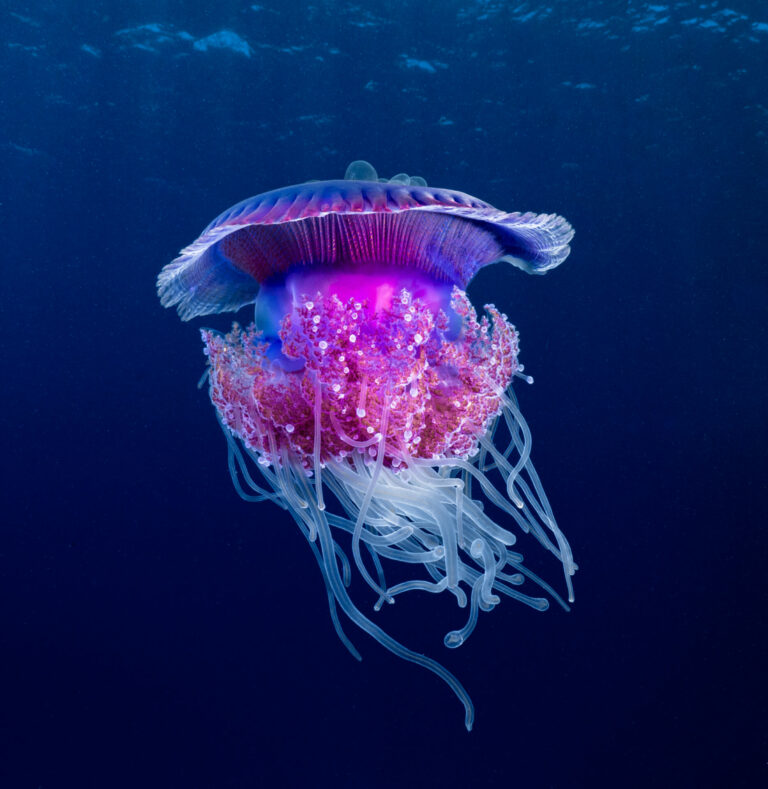
Bioscience
Cataloging the complexity of the ocean genome
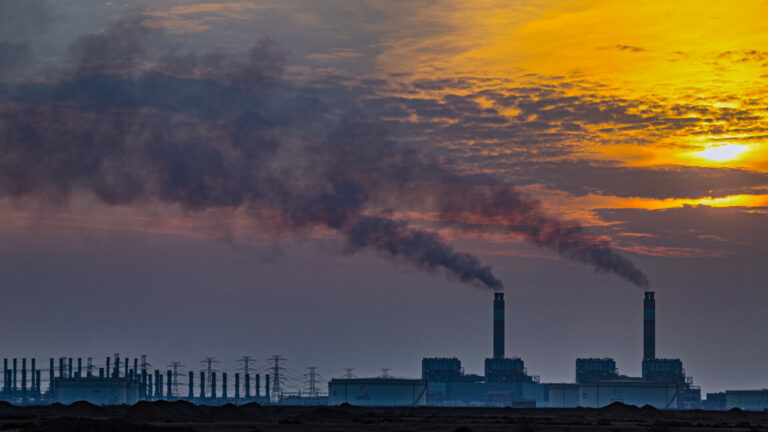
Bioscience
Sediments reveal core stressors on Red Sea ecosystems

Bioscience
Probiotics offer protection for wildlife

Applied Mathematics and Computational Sciences
Measuring the impact of desert greening
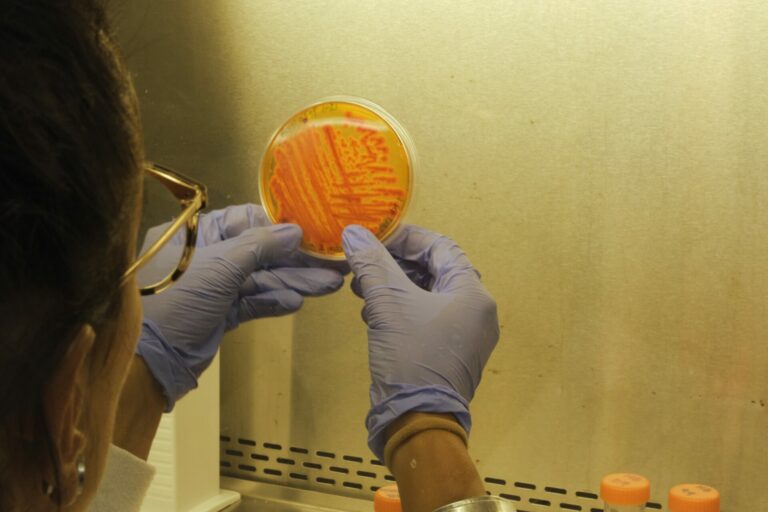
Marine Science
Microbiomes shaped by enzymes' responses to ocean temperatures
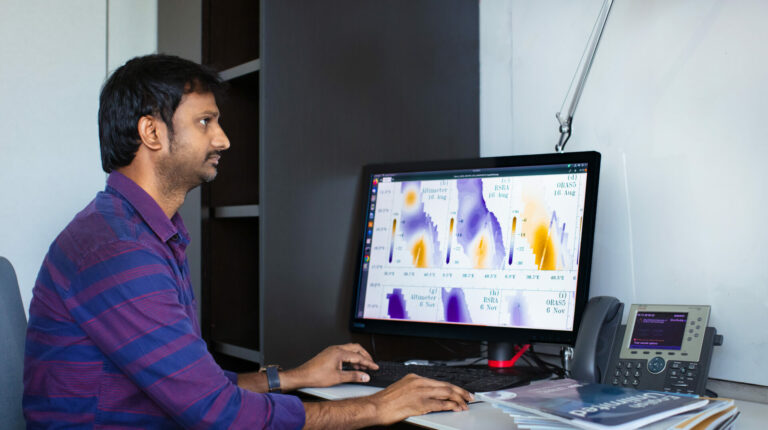
Applied Mathematics and Computational Sciences
Data-driven regional ocean models essential for planning
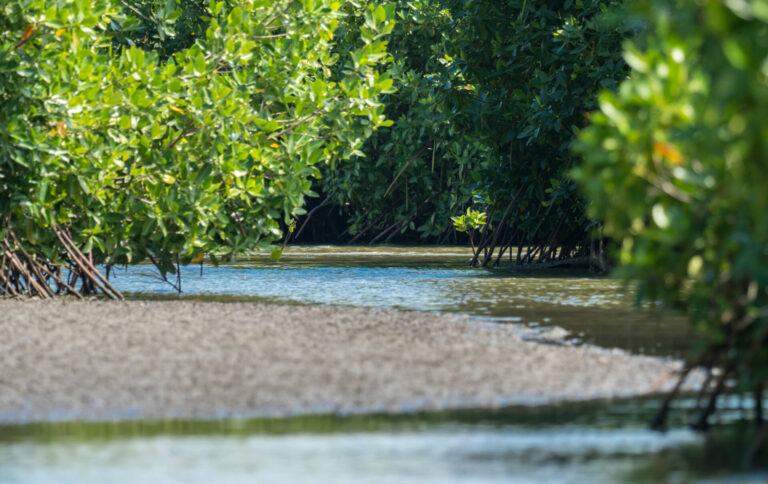
Bioscience
Accounting for oxygen in modeling coastal ecosystems
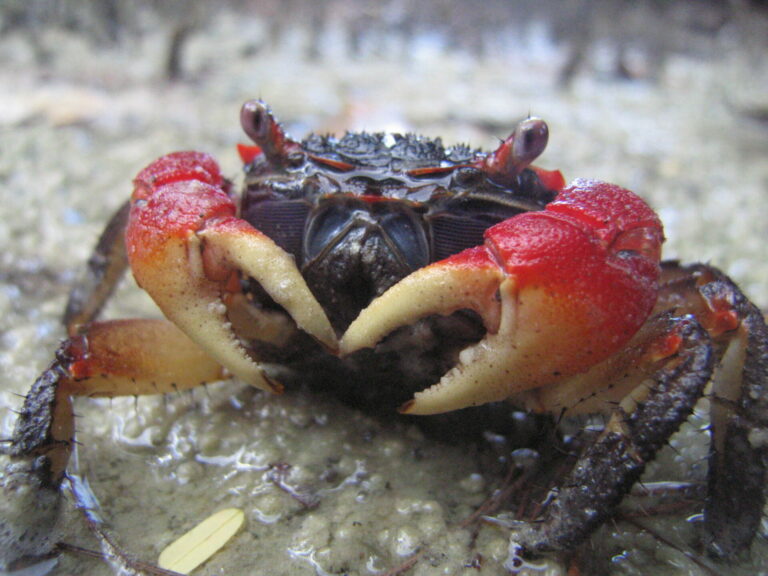
Marine Science




